選択した画像 oak leaf galls identification 174989-How to get rid of oak leaf galls
These galls may occur on Oak leaves or catkins After mating the fertilised eggs are laid by the sexual generation in the lower epidermis of the Oak leaves The Spangle Galls develop over the winter and the insects emerge in April, laying their eggs in the catkins or lower epidermis of leaves1/4/12 · Bur oak (Quercus macrocarpa) Found in the northeast Great Plains 15 inch (4 cm) acorns with a cup that covers more than half the acorn Post oak (Quercus stellata) Found in the Cross Timbers region No more than ¾" (19 mm) long, light brown;Oak Spangles resemble small buttons on the surface of oak leaves Other waspinduced leaf galls on oak resemble blisters, beads, or fuzzy balls Many times these galls, also called Oak Button Galls, will fall from the tree and land on cars, decks, and sidewalks below, making a sticky mess Oak button gall Image
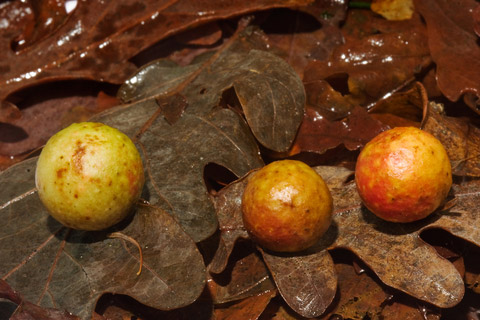
What Are Oak Apple Galls
How to get rid of oak leaf galls
How to get rid of oak leaf galls-10/31/19 · From left to right unlobed leaf, lobed leaf and toothed leaf One very important way to identify types of tree leaves is by the overall shape of the leaf around its edges The edges of leaves create patterns that are often unique to the species of tree and help with identification · Oak leaf gall midge (Polystepha globosa) forms similar spherical galls on the undersurface of the leaves of black oak and possibly other oaks in the red oak group Larval Hosts Northern pin oak (Quercus ellipsoidalis) , northern red oak (Quercus rubra) , and possibly black oak (Quercus velutina)
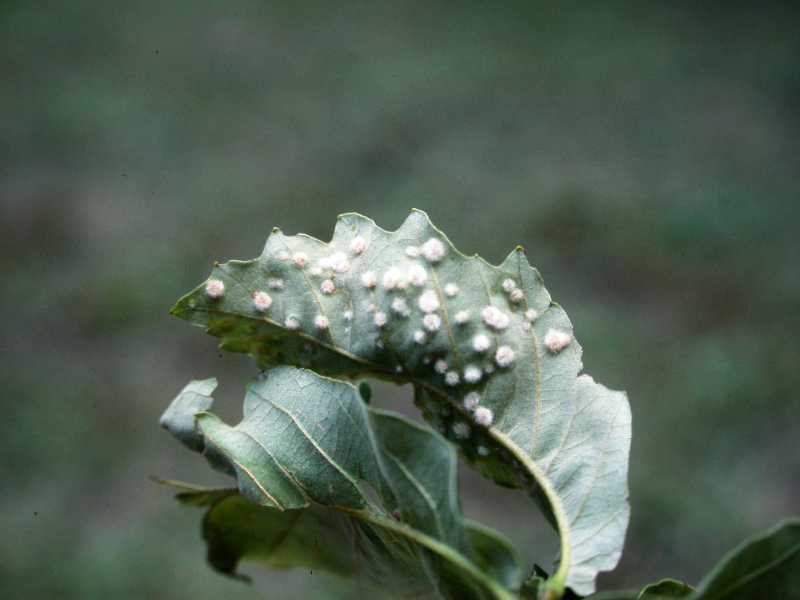



Galls On Trees
Gall Identification I've recently started researching for some gall identification sites and wanted to post some links here Oak Galls California Oak Galls This is one of the best site that I have come across so far http//joycegrosscom/galls_ca_oakphp Wasp Galls on California Oaks http//wwwcaliforniaoaksorg/ExtAssets/WaspGalls_RonRussoPosterpdf7/24/ · Oak Tree Identification To identify oak trees, look for bark that has deep fissures and ridges, giving it a scaly look The bark color of oaks ranges from whitishgray to dark, almost black You can identify oak trees by their deeply lobed leaves with pointed or rounded tipsIdentification of galls on plants and fungi In Field Studies 10 (02) 7531 Trioza remota forms pimples on the surface of an oak leaf with a corresponding pit on the underside arrowed The microscopic image above shows a Psyllid larva (Plant louse) which is found in the pit on the leaf underside 31st May 12
Galls are frequently specific to a genus (oaks, elms, hackberries, etc) and to where they occur on the plant (upper/lowerside of leaf, leaf midrib, petiole, stem, etc) They also may or may not have features that affect the opposite side of the leaf which can help in1 Oak apple gall This is one of our most wellknown galls It occurs on both our native oak species, as well as other oak species, and can be found across the UK It's caused by a gall wasp, Biorhiza pallida The wasp lays her eggs inside a dormant leaf bud, which then hatch in spring and start the process for the formation of gallsAlso striking are the galls of Cynips longiventris, which likewise can be found on the undersides of leaves, and are recognizable for their spheroidal shape and irregular red streaks The oak potato gall wasp (Biorrhiza pallida) has round galls that grow to about 4 cm These are known colloquially as oak potatoes The latter type of gall is induced by this type of wasp not on the leaves, but on
11/28/18 · Identify oak galls on your trees These growths typically emerge at bud break in the early spring A developing gall typically looks like either a big seedpod or aGrey, thin, hairy cup;The oak leaf phylloxera lives without host alternation on oak leaves (mainly Quercus robur) Female Phylloxera glabra surround themselves with concentric circles of their eggs (see picture above) After hatching, their nymphs wander off leaving gaps




Fuzzy Orange Galls From Parasitic Wasps On Oak Leaves Observations From 13 Naturalis Historia
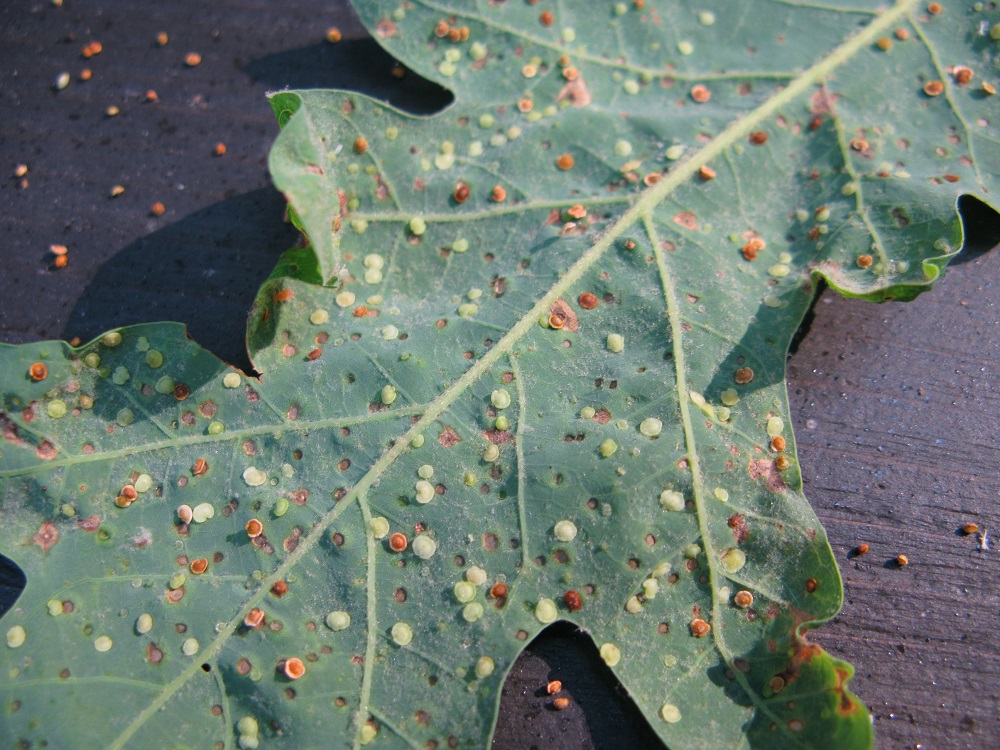



Jumping Oak Galls Identification Walter Reeves The Georgia Gardener
The wasp's activity may make the gall "jump" several inches off the ground Female wasps emerge in the spring from galls on the ground and layGalls are produced when plants are attacked by various gallcausing organisms (often insects) and the gall is the plants response to the attack It is often relatively straight forward to identify the gall and therefore what organism caused the gall The galls in the photos above were discovered on the underside of an Oak leaf4/17/ · Caused by a small wasp, Jumping oak galls typically appear on the leaves of valley oak and California white oak These round, seedlike galls fall off leaves when mature One wasp lives inside each gall;
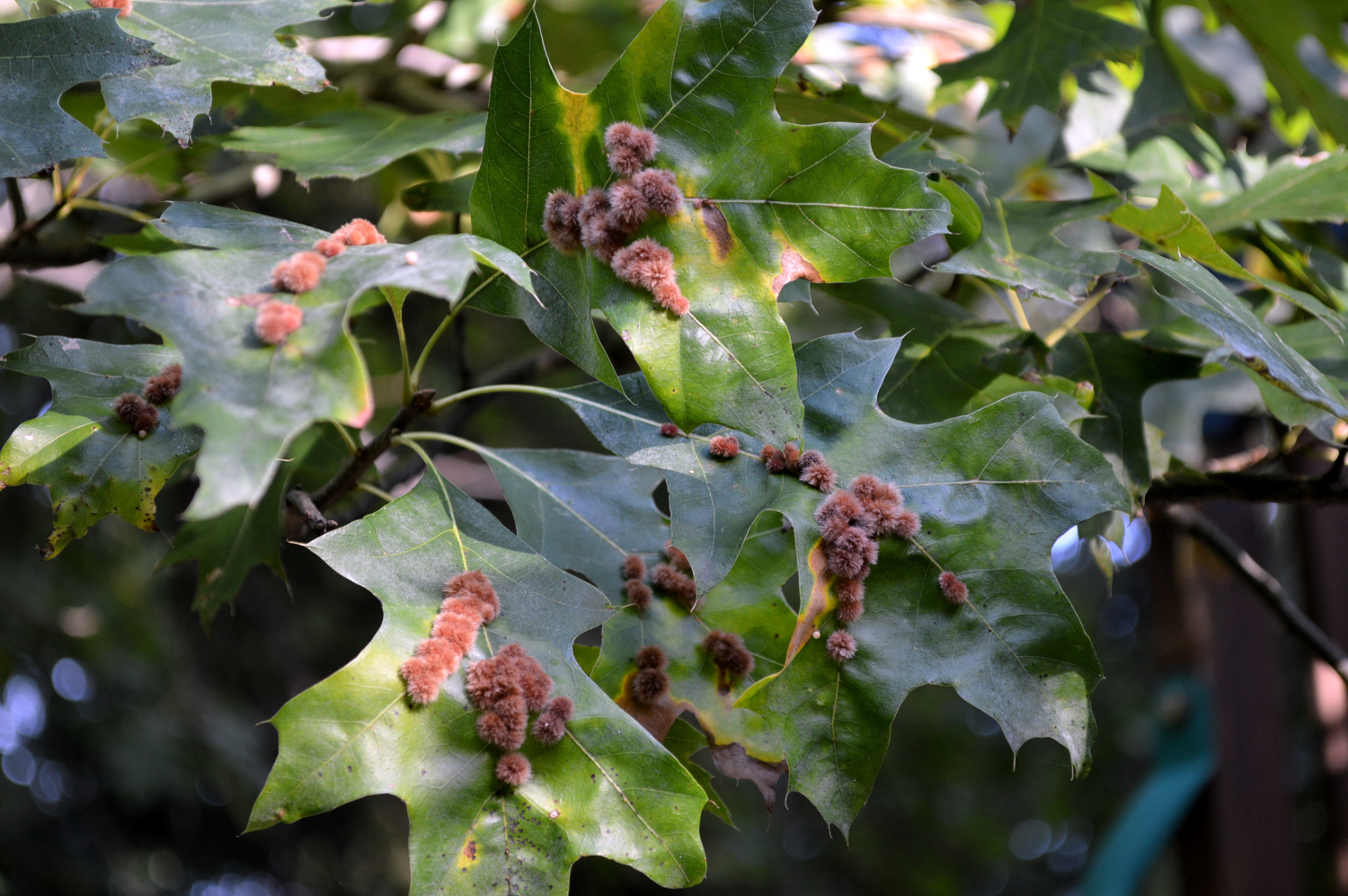



Fuzzy Orange Galls From Parasitic Wasps On Oak Leaves Observations From 13 Naturalis Historia




Oak Leaf Gall Id Request Callirhytis Furva Bugguide Net
8/1/19 · Other oak species have serrated (toothed) leaves or smooth leaf margins, which are called entire leaves Oak flowers, or catkins, fall in late spring Acorns produced from these flowers areThe mighty, majestic oak tree has, throughout the centuries, been the subject of story, song and proverb More than 80 species of this beautiful oak tree are found in North America All oaks trees are deciduous trees with toothed leaves and heavy, furrowed barkThe fruit is, of course, the acorn Like other deciduous trees, most oaks shed their leaves in fallThis gall on an oak leaf (Quercus) looks like an oak flake gall caused by a wasp (Hymenoptera) but dissecting the gall is the only sure way to tell what caused the gall Galls are abnormal growths that occur on leaves, twigs, or branches They may be simple lumps or complicated structures, plain brown or brightly colored




Oak Apple Wasp Galls Bygl
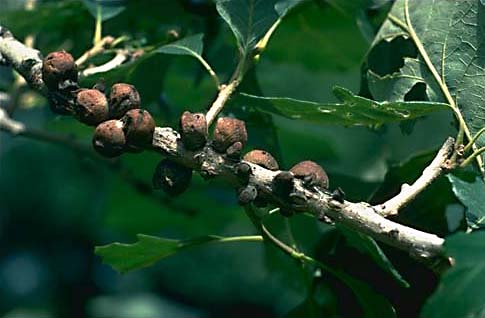



Insect And Mite Galls Umn Extension
Identification and Control Gall Production Gall An abnormal plant leaf Right Leaf tatters symptom produced by feeding (oviposition punctures) Top Ovipositing adult Upper Right Oviposition wound in early stage gall Right Early stage galls from oak gallsThe gouty oak gall wasp, C quercuspunctata, develops in the twigs of pin, scarlet, red, and black oaks Both of these woody twigs galls on oak look similar, but the horned oak gall has small horns that protrude from around the circumference of the gall (Figs 1 & 2) One adult gall wasp emerges from each of these horns Figure 2The oak apple gall wasp, Biorhiza pallida, is a tiny wasp that causes growths, or 'galls', on oak twigs These galls can be found between May and June where the female has laid her eggs in the leaf bud Inside the gall, there are a number of chambers, each housing a larva which eats its way out Adults emerge in June and July




Galls On Oak Tree Leaves Pics Page 1 Line 17qq Com
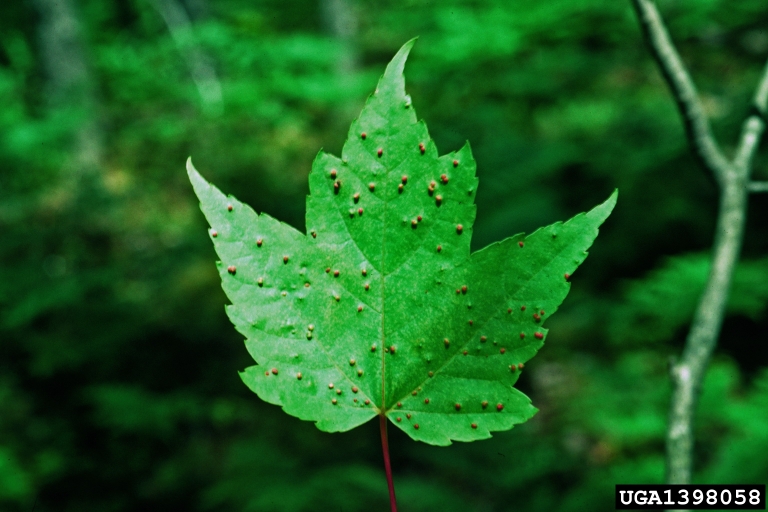



Got Pests
8/25/10 · Commonly seen galls on oak include the following Oak apple galls are attached to the oak leaf as round lightgreen balls up to 2 inches in diameter and house a single Oak bullet galls are common twig galls on our native bur oaks Bullet galls are hard, round, and peatoknucklesized, JumpingBlackjack oak (Quercus marilandica) Also in the Cross Timbers Narrow nutsThe results of field study showed a highest infestation by oak leaf cutter, Euproctis spp, on gall oak trees in northern of Cyprus and Iraq with a mean infestation reached (300, 675 %




Oak Apple Wasp Galls Bygl




Oak Glenn Master Gardeners
Oak apple or oak gall is the common name for a large, round, vaguely applelike gall commonly found on many species of oakOak apples range in size from 2 to 4 centimetres (1 to 2 in) in diameter and are caused by chemicals injected by the larva of certain kinds of gall wasp in the family Cynipidae The adult female wasp lays single eggs in developing leaf budsBean gall ( above) Caused by the sawfly Pontania proxima Forms on upper surfaces of willow leaves, especially crack willow and weeping willow 2But there's more Let's dig deeper into insect and mite (arthropods
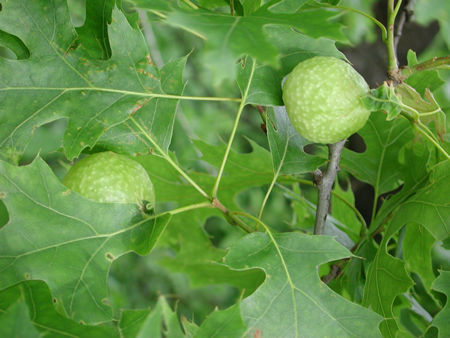



Insect And Mite Galls Umn Extension




Plant Gall Cecidomyiidae Polystepha Pilulae Oak Leaf Flickr
The RED / AMBER / GREEN dots indicate how easy it is to identify the species see our Identification Difficulty page for more information A coloured rating followed by an exclamation mark denotes that different ID difficulties apply to either males and females or to the larvae see the species page for more detail5/19/19 · Hedgehog Gall is also the name used on BugGuide and according to BugGuide "Forms galls on white oak (Quercus alba) The sexual generation forms galls on the buds, and the agamic generation forms the distinctive 'hedgehog' galls (ellipsoid, up to 13 mm in diameter, covered with red hairs, with 35 larval cells inside) on leavesOak trees Vertically grooved bark Pedunculate (English) oak Leaves have 36 lobes;




Round Red Galls Scrub Oak Leaves Page 1 Line 17qq Com
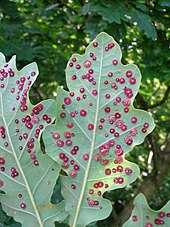



Neuroterus Quercusbaccarum Wikipedia
A simple way to get over this problem is to check whether the lobes and sinuses are symmetrical or alternate on either side of the leaf If it is the former, then you have a maple leaf, while in the latter case, you have an oak leaf in your hand The oak leaf can also be recognized by its size, as it is usually longer than it is wide6/11/15 · With an appearance like bristly red or pink caterpillars, these galls can cover the entire leaf surfaces on several white oaks, especially blue oak and valley oak (Q lobata), according to Russo "I have found nearly 100 percent of the leaves on an individual tree covered with these galls" Urchin gallFor most galls on oak trees, the insect is a species of cynipid wasp And, strangely enough, each species of wasp is associated with a specific species of oak tree Oak Apple Gall is commonly found on both Texas red oaks and Shumard red oaks Unlike the Mealy Oak Gall, this limesized gall looks to be fragile, with a thin, translucent outer cover




Oak Leaf Galls Oak Leaf Leaves Oak




7 Galls To Spot This Year Woodland Trust
Rolypoly galls are not likely to cause significant plant injury Galls wasps in the genus Neuroterus have some of the most unusual galls Neuroterus irregularis causes an irregular gall on the leaves of post oak Neuroterus saltarius forms tiny galls on the leaves of post oak that are dehiscent, that is, they drop off of the leaf A sunken10/7/08 · Type 1Only oak cynipid gallwasps induce galls of this size and complexity and the presence of a single larval chamber within an internal airspace places the galler with certainty within the quercuscalicis clade of the genus Andricus (figure 3)More significantly, these fossils are identical in size, external structure (figure 2 d) and the suspension of the larval chamber within7/6/17 · With a little research, we learned that these are galls, sometimes known as "oak apples" "Oak apple galls" are leaves that have developed into a thin sphere because wasps have laid eggs inside of the leaf Inside the gall is a tiny wasp larva Most galls, especially on leaves, do not hurt the oak tree, and the wasps aren't harmful to people either




Leaf Gall Identification Learn About Preventing And Treating Leaf Gall On Plants Dummer Garden Manage Gfinger Is The Best Garden Manage App
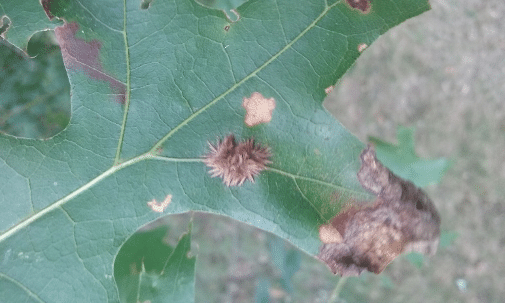



Invasion Of The Leaf Galls Carnegie Museum Of Natural History
Lookalikes Jumping oak gall, tubakia leaf spot, oak leaf blister, other fungal leaf spots Jumping oak gall Brown leaves appear on trees in the white oak group in late spring Severe infections may cause the leaves to turn black, curl up and fall On the underside are brown galls with the larva of a small wasp insideLeaf stalk very short (210 mm) Crown widely spaced Main root ("tap root") extends down to approx the height of the tree (unlike the roots of the beech which spread horizontally) Oak remains green for longer than many other deciduous trees Sessile (Durmast)8//10 · Vein pocket galls form on the leaves of scrub and pin oak trees Leaf pocket galls form only on red or pin oak trees and are caused by a different species of midge than the midges that form the vein pocket galls Oak apple galls appear on the petioles and midribs of oak tree leaves and grow to be 1 to 2 inches in diameter




Galls Archives Page 8 Of 9 What S That Bug




Fuzzy Orange Galls From Parasitic Wasps On Oak Leaves Observations From 13 Naturalis Historia
10/23/15 · The lanata images I found online looked exactly like the galls I'd found in Skunk Hollow, but ours were on northern pin oaks, Quercus ellipsoidalisThe single gall I've found on a bur oak leafIdentification Each cynipid wasp larva during the second generation feeds inside a brown, oblong swelling that is 1/10 inch long Each gall has two protuberances, hence the name "twohorned" Galls occur on the underside of coast live oak and interior live oak leaves, usually on a leafWhen looking at an oak tree with small round balls hanging on the branches, you may have noticed it, much like acorns These balls are known as galls and are not actually fruits Galls are caused by parasitic insects and are actually growths There are many species of gall wasps in North America that need oak trees




Parasitic Wasps And Fuzzy Orange Galls On Oak Leaves 13 Naturalis Historia




How To Get Rid Of Oak Galls
Several species of small gall wasps (Family Cynipidae) form a variety of distinctive twig and leaf galls on bur oak growing in our region These galls are abnormal plant growths stimulated by the developing wasp larvae The tiny dark adult wasps are seldom seen The Problem These conspicuous growths provide the wasps with food and protectionJumping oak gall caused by cynipid gall wasps Leaf galls Formed on leaf blades or petioles Most common galls Appear as leaf curls, blisters, nipples or erineums (hairy, feltlike growths) On the upper or lower leaf surface Stem and twig galls Deformed growth on stems and twigs Range from slight swelling to large knotlike growth Bud or flower gallsOak Leaf Insects, Oak Leaf Gall Wasp, Oak Leaf Roller, Oak Tree Insects, Green Oak Leaf, Oak Tree Pests, Oak Tree Bugs, Oak Leaf Caterpillar, Live Oak Tree Pests, Oak Leaf Itch Mite, Oak Tree Insect Problems, Oak Tree Beetles, Laurel Oak Tree Leaf, Oak Tree Insects and Diseases, Leaf Insect Damage, Fuzzy Oak Leaf Galls, Oak Leaf Skeletonizer, Blackjack Oak Leaves, Chestnut Oak



Gall Insects Most Active In The Spring Insects In The City




Plant Galls
N the first installment of this series on plant galls (May 15), we talk ed about the difference between galllike structures and true galls, including bacterial crown galls, fungal galls, leaf/petiole galls, flower/fruit galls, bud galls and stem galls Galls galore!Gall Wasp Identification There are a variety of cynipid gall wasps, which are part of the family Cynipidae, that attack oak species These wasps typically cause



Ranch Wildflower Homepage
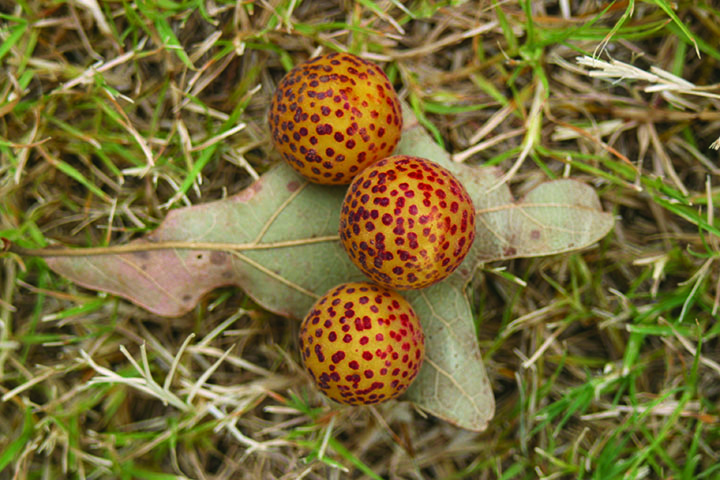



Plant Galls Caused By Insects And Mites Oklahoma State University
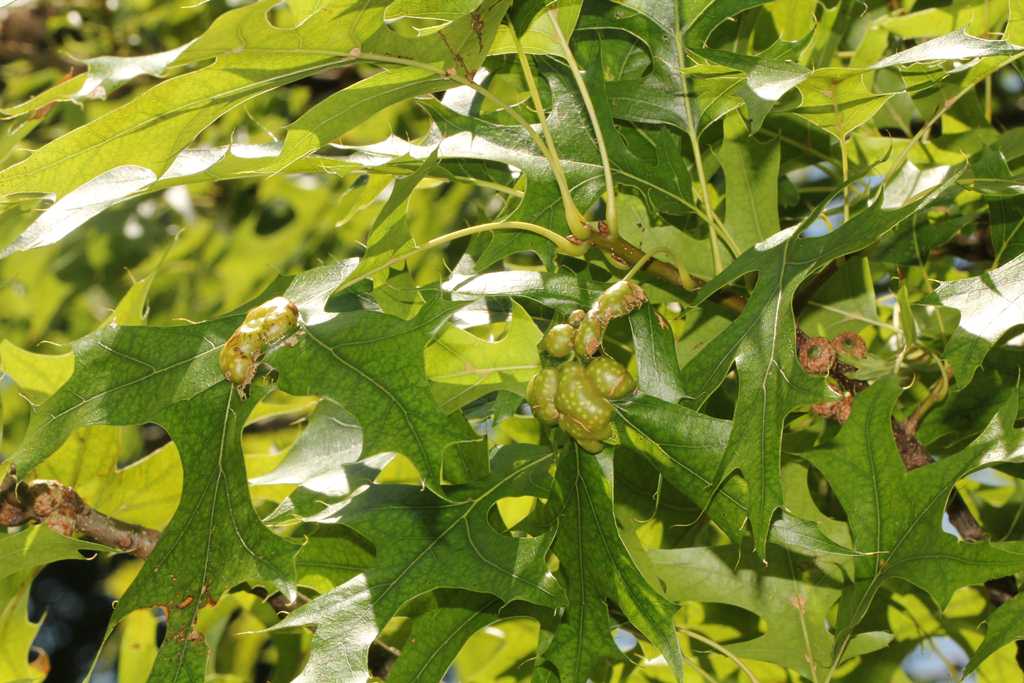



Galls On Trees




What S Wrong With This Tree



Oak Gall Wasps Rhs Gardening




What Causes Galls On Trees Are Galls Harmul To Trees




Interesting Oak Leaf Insect Galls Bygl
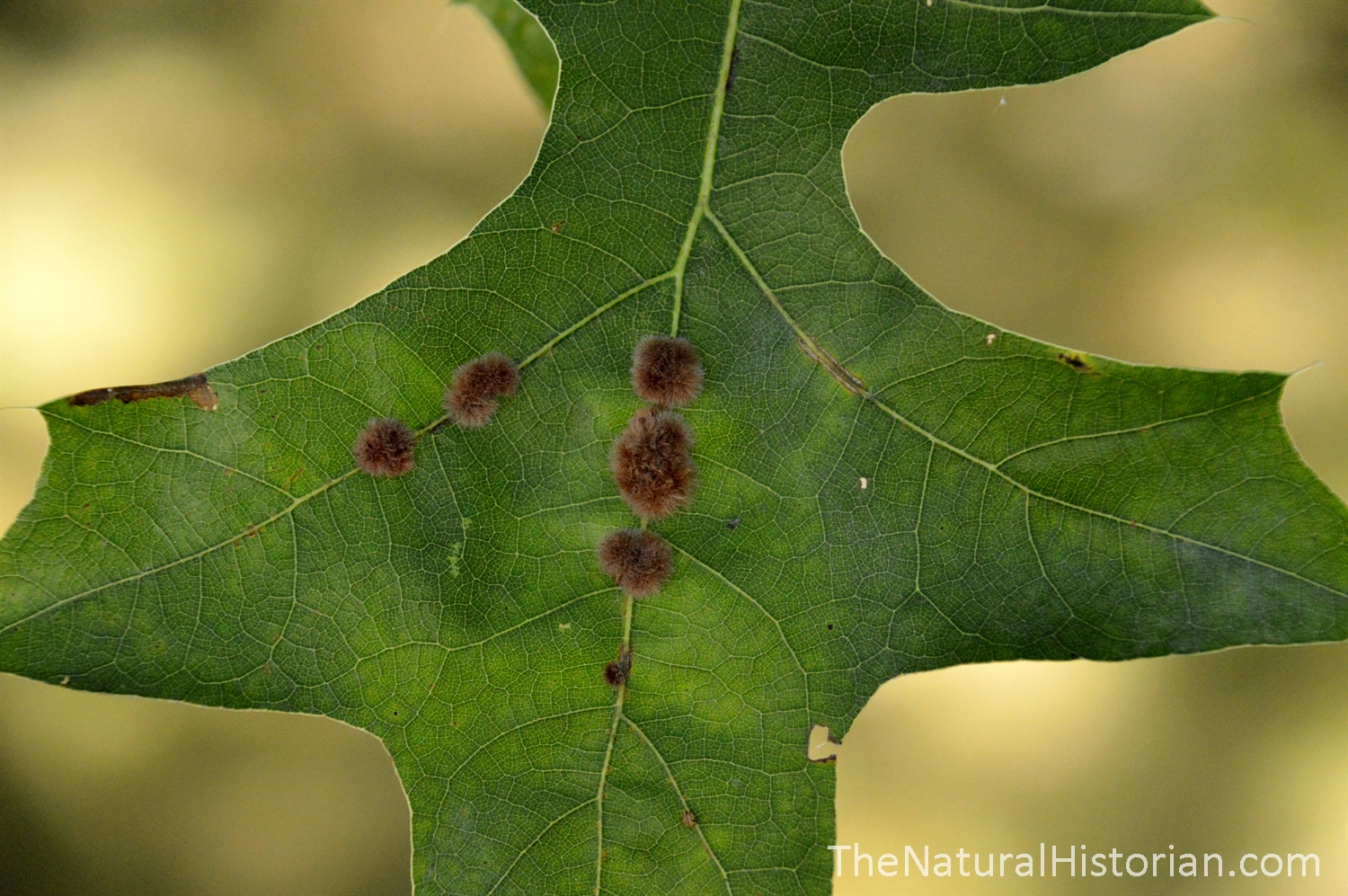



Fuzzy Orange Galls From Parasitic Wasps On Oak Leaves Observations From 13 Naturalis Historia




Texas Woolly Oak Galls Inaturalist




Oak Leaf Galls Belonocnema Kinseyi Bugguide Net
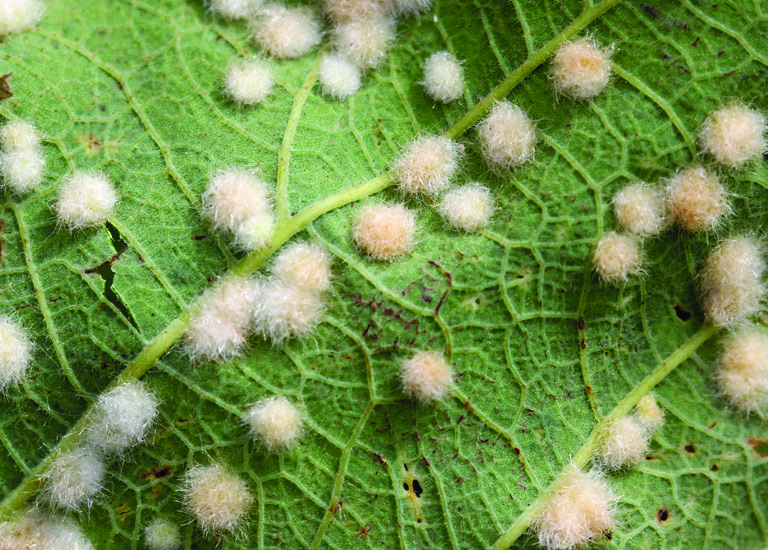



Plant Galls Caused By Insects And Mites Oklahoma State University




The Insects Behind The Weird Growths On Plants
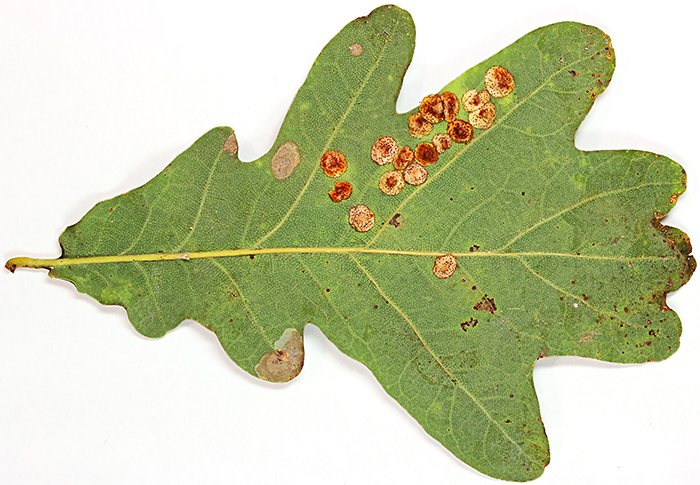



Oak Leaf Galls British Science Week 16 Quekett Microscopical Club



Oak Identification Guides Kate Marianchild




Gall Midge Oak Leaf Gall Polystepha Pilulae Bugguide Net




Dirt Doctor Library Topics




Insect And Mite Galls Umn Extension




Rough Bulletgall Wasp Bumps On Oak Tree Taddiken Tree




Orlando S Fuzzy Balls Are Back Orlando Sentinel




Galls On Trees




Spangle Gall Wasp Naturespot
/dealing-with-leaf-galls-1402697-01-70649ad0fad746df9bdb661a3218e3de.jpg)



How To Deal With Leaf Galls Bumps On Your Tree S Leaves




Simple Leaves Lobed Great British Trees Identification And Genetics
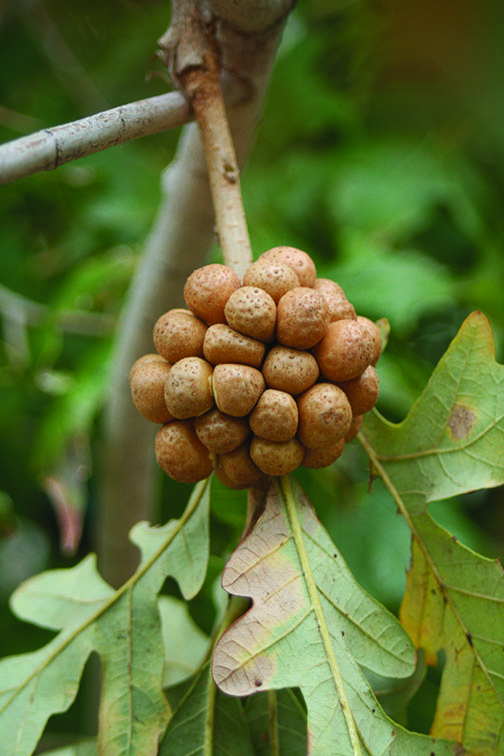



Plant Galls Caused By Insects And Mites Oklahoma State University
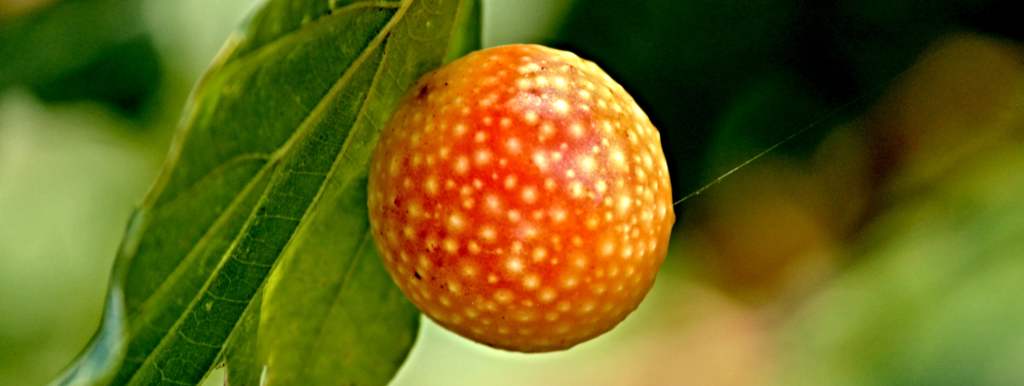



Gall Wasp An Insect That Parasites Trees And Plants Types And Treatment




Plant Gall Cecidomyiidae Polystepha Pilulae Oak Leaf Flickr




Round Galls On An Oak Leaf Stock Image B265 0043 Science Photo Library




Galls Archives What S That Bug




Pink Galls On An Oak Leaf Stock Image B265 0042 Science Photo Library




Oak Leaf Gall New Hampshire Garden Solutions




Galls On Oaks Nc State Extension Publications




Galls On Bur Oak Quercus Macrocarpa



Neuroterus Quercusbaccarum Wikipedia




Cynipid Gall Wasp Neuroterus Quercusbaccarum On Oak Quercus Spp



Orlando S Fuzzy Balls Are Back Orlando Sentinel
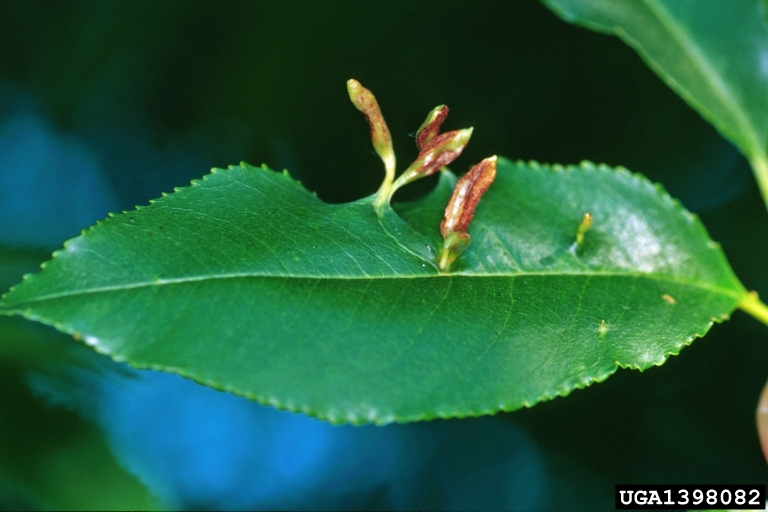



Got Pests
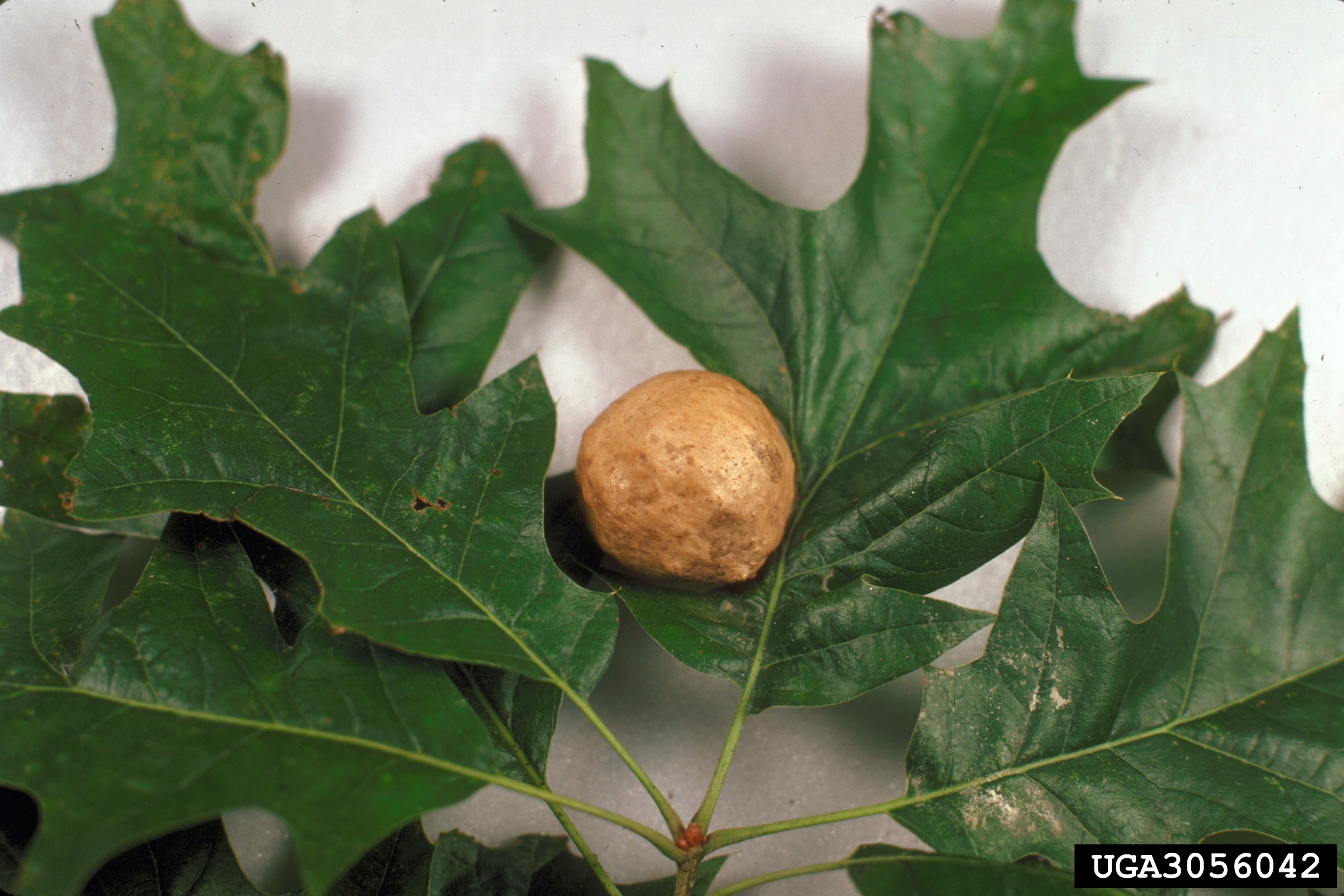



Oak Diseases Insect Pests Home Garden Information Center
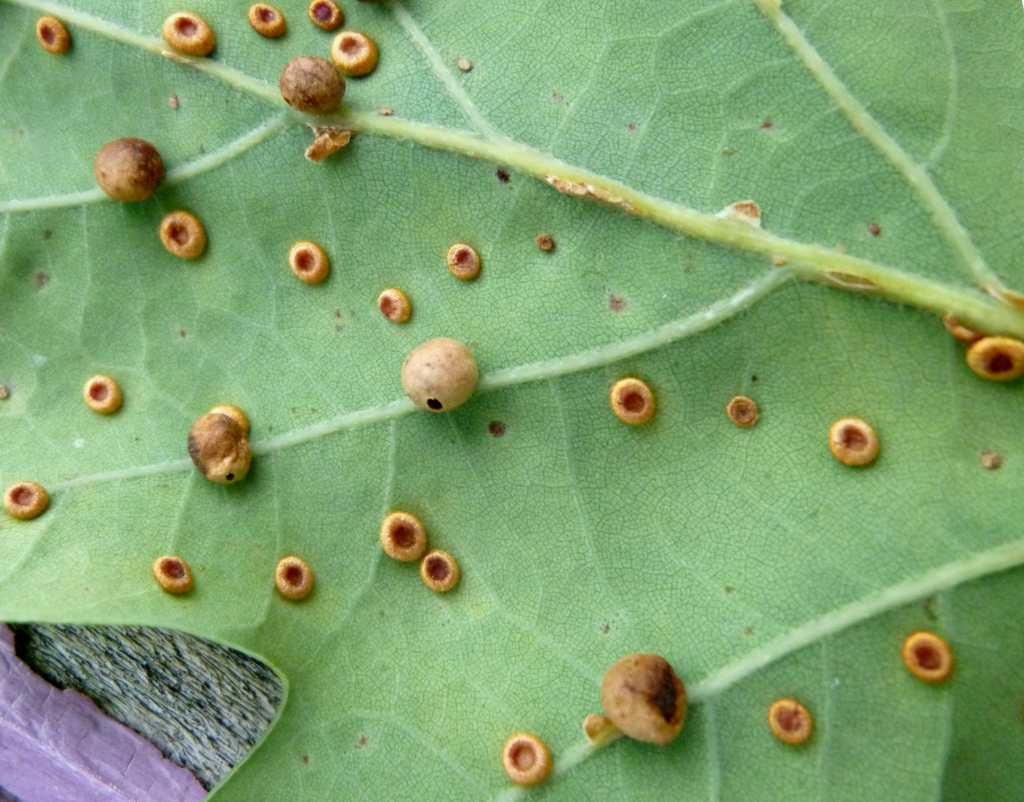



Gall Wasp An Insect That Parasites Trees And Plants Types And Treatment
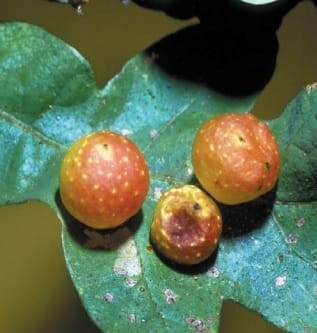



Unusual Growths On The Leaves Of An Oak Tree




Unsightly Galls On Live Oak Leaves Caused By Insects The Post Newspaper
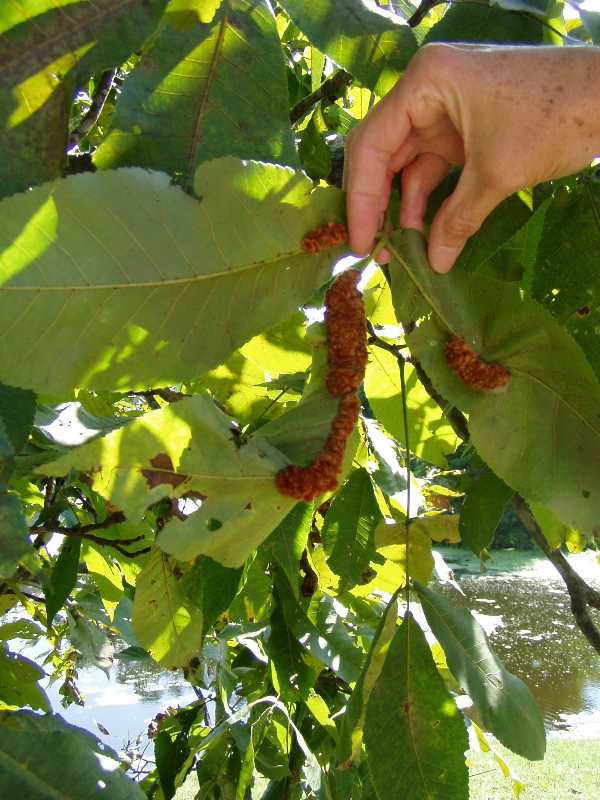



Galls On Trees
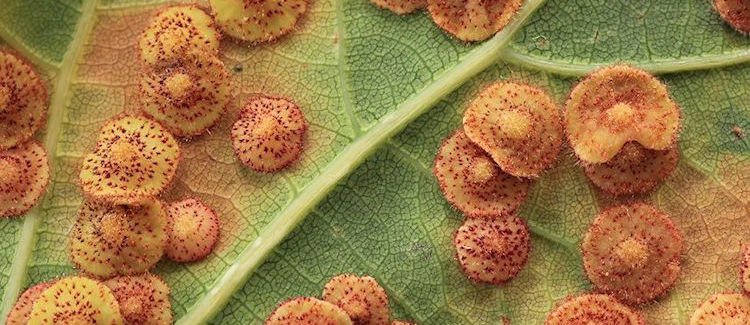



Plant Gall Information Trees For Life




These Funny Looking Fuzzy Orange Galls Won T Hurt Your Oak Tree Or You
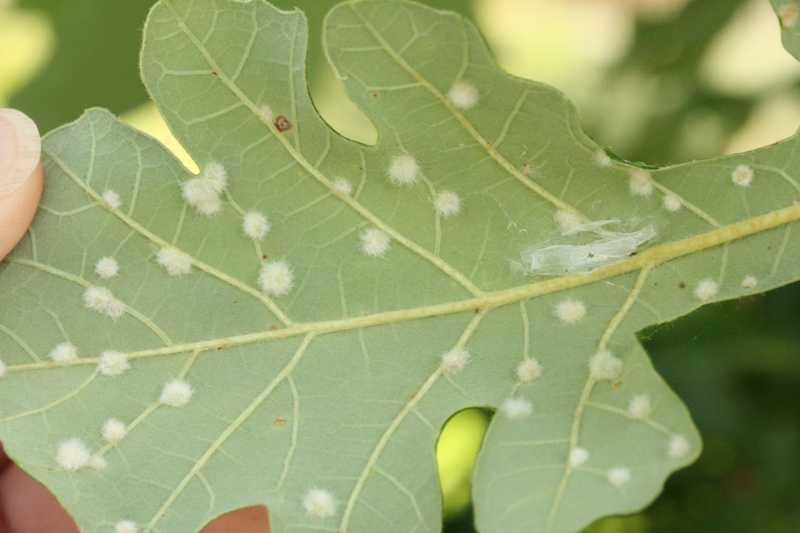



Galls On Trees




Interesting Oak Leaf Insect Galls Bygl
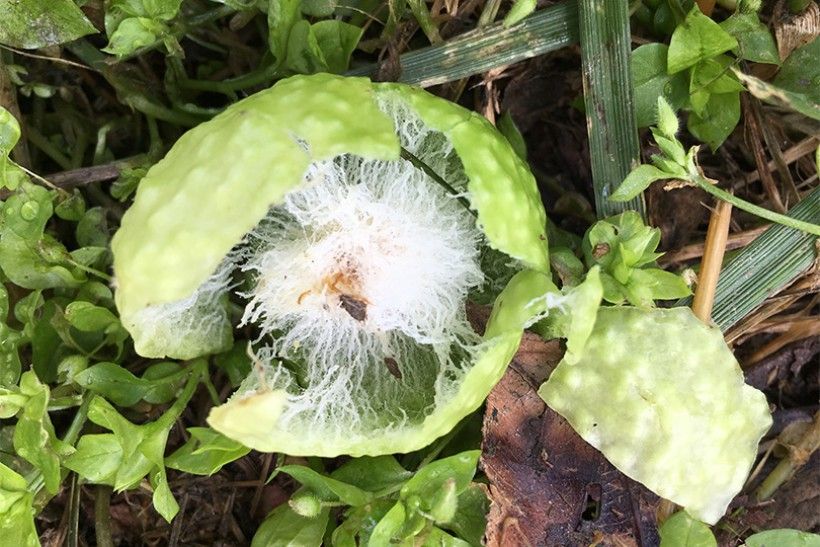



How Wasps Make Beautiful And Complex Oak Apples Brandywine Conservancy And Museum Of Art




Oak Apple Wasp Galls Bygl




Galls On Trees No Cause For Alarm




Silk Button Gall Wasp Naturespot



Hiker S Guide To The Trees Shrubs And Vines Of Ricketts Glen State Park Pa Acrapsis Quercushirta




Crystaline Gall Wasp What S That Bug
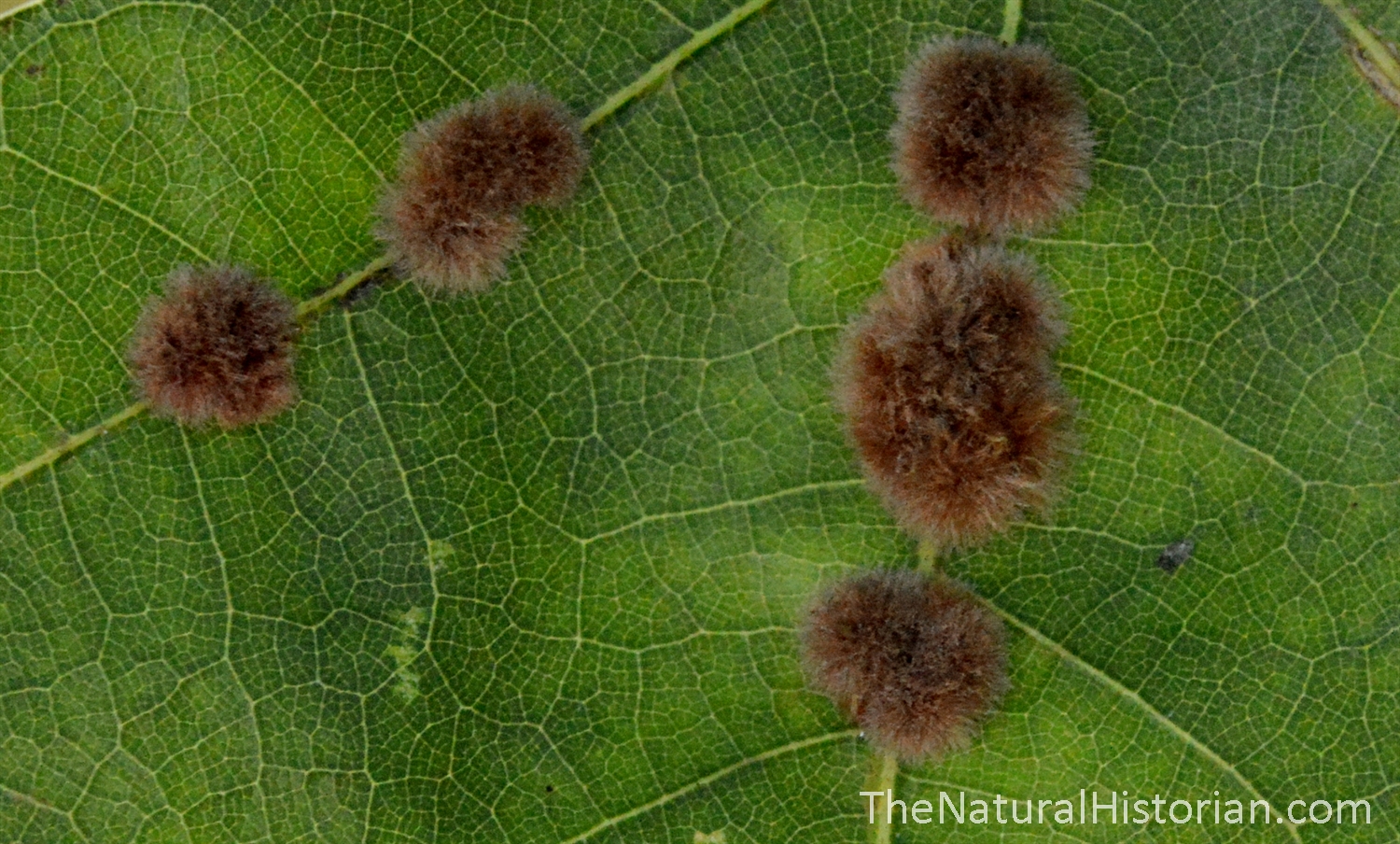



Fuzzy Orange Galls From Parasitic Wasps On Oak Leaves Observations From 13 Naturalis Historia




Leaf Gall Identification Learn About Preventing And Treating Leaf Gall On Plants Dummer Garden Manage Gfinger Is The Best Garden Manage App




Oak Leaf Galls Belonocnema Treatae Lady Bird Johnson Wildf Flickr
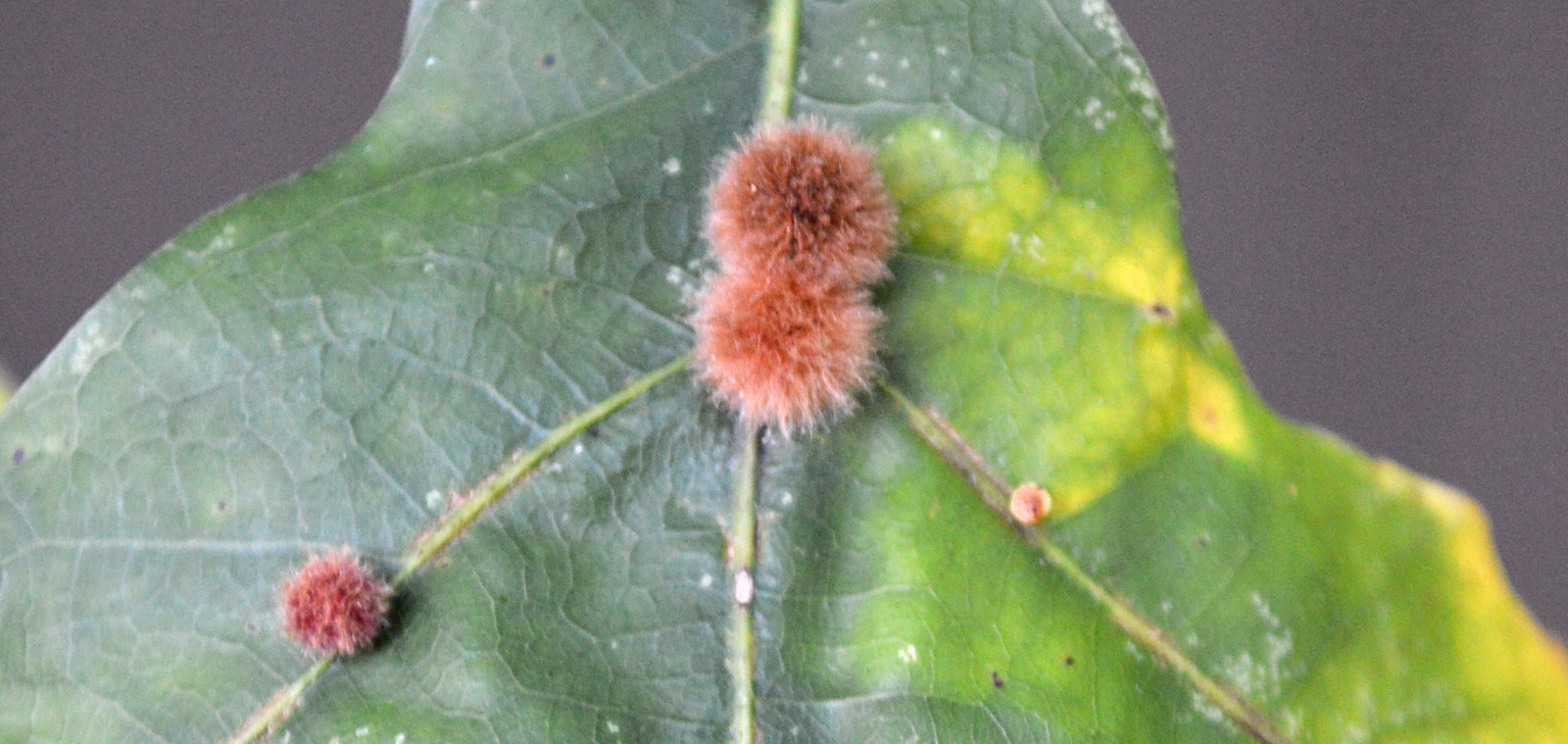



Fuzzy Orange Galls From Parasitic Wasps On Oak Leaves Observations From 13 Naturalis Historia




7 Galls To Spot This Year Woodland Trust




Oak Galls Won T Cause Much Permanent Damage Missouri Department Of Conservation




Galls Shape Shifters Of The Insect World The Smart Happy Project




Red Leaf Galls On Blackjack Oak These Galls On Blackjack O Flickr




Oak Apple Wasp Galls Bygl
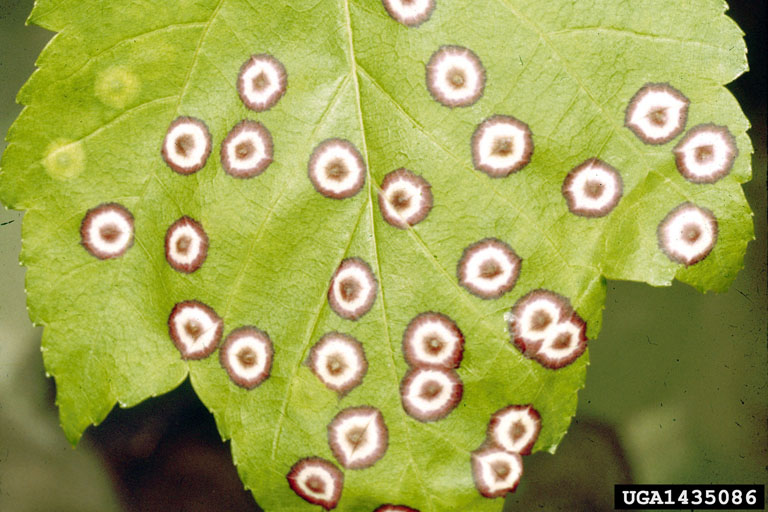



Got Pests
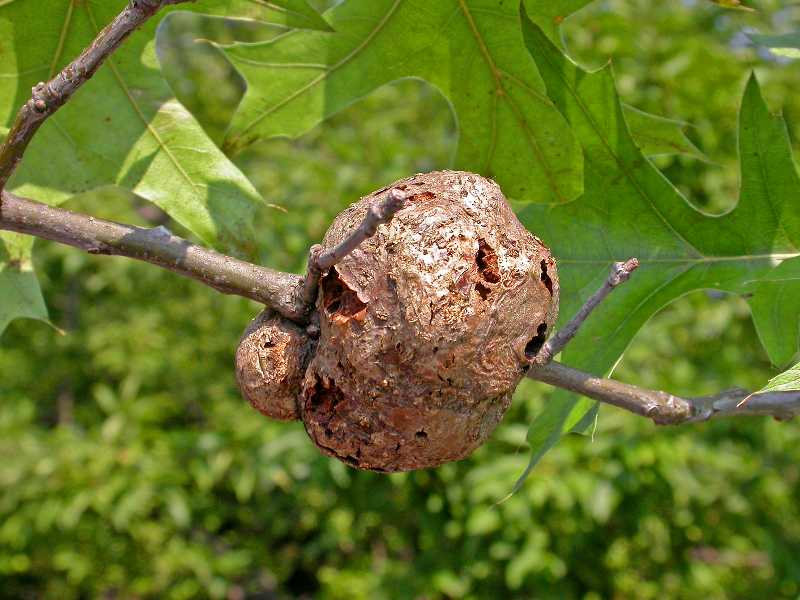



Gouty Horned And Other Twig Galls




7 Host Oak Galls Of Newly Described Synergus Spp 145 Andricus Download Scientific Diagram
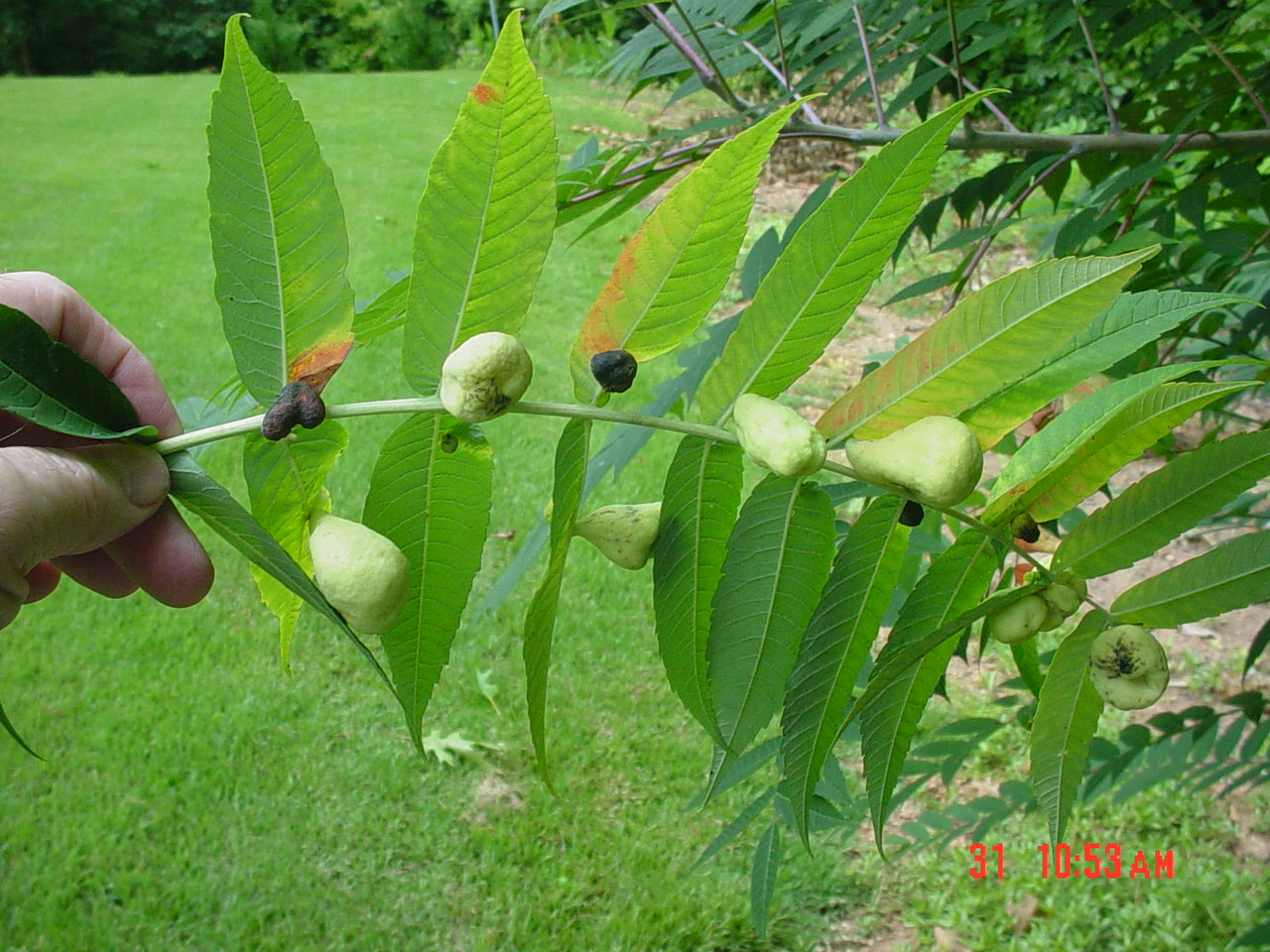



Sumac Gall Identification Walter Reeves The Georgia Gardener
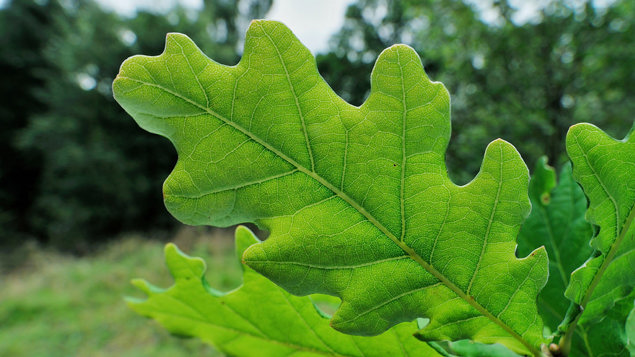



English Oak Quercus Robur British Trees Woodland Trust




What Are Oak Apple Galls




Identification Of Oak Galls Page 1 Line 17qq Com




Oak Leaf Gall Id Request Polystepha Pilulae Bugguide Net




Ask An Expert Extension
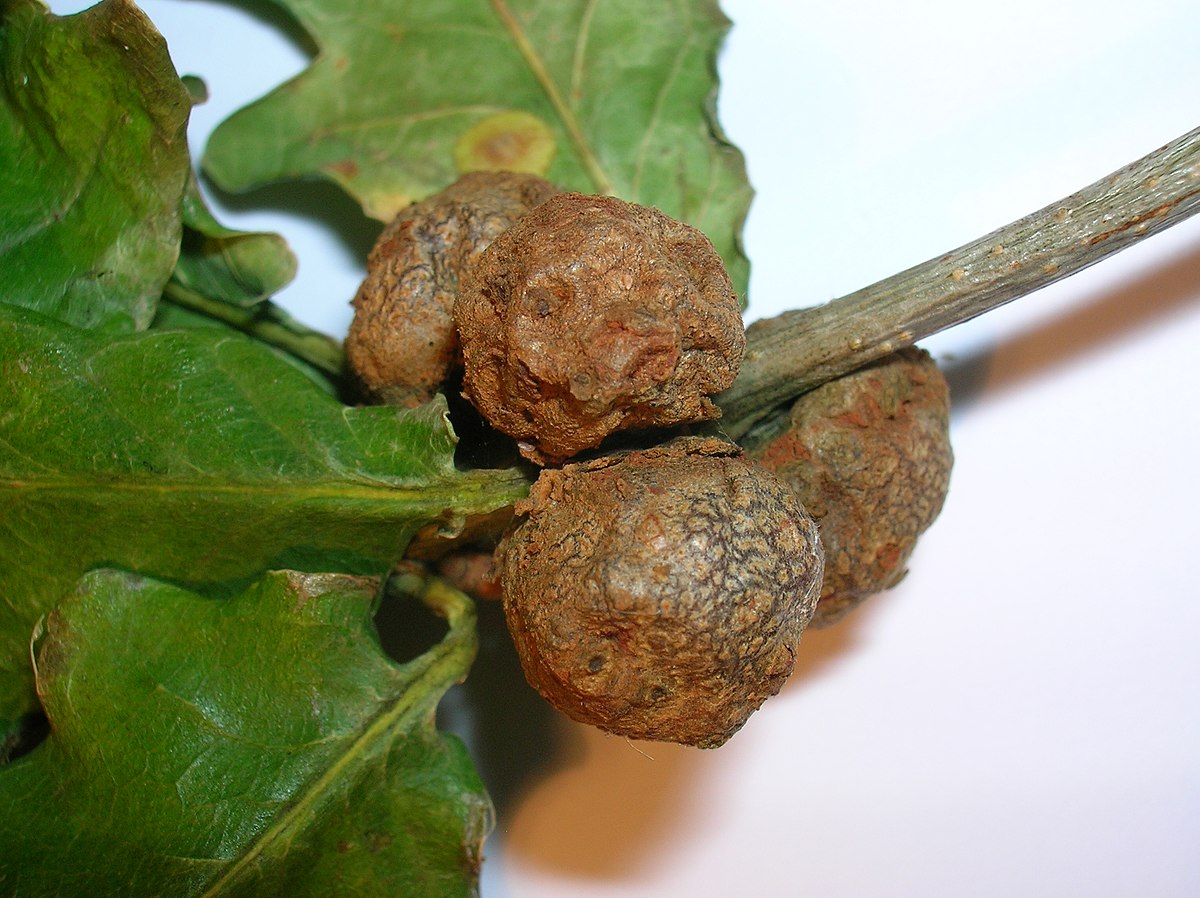



Andricus Lignicola Wikipedia




Learn With A Naturalist Who S Who In The Oaks Center For Environmental Inquiry At Sonoma State University
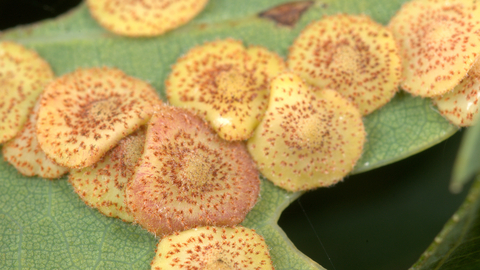



Common Spangle Gall Wasp The Wildlife Trusts
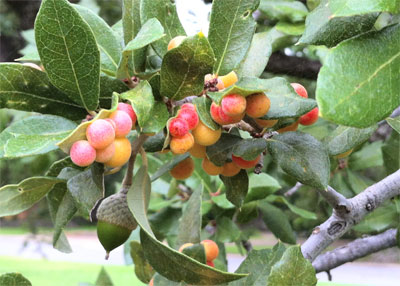



Texas Tree Tips Oak Galls Neil Sperry S Gardens




Bumps On Leaves What Does Leaf Gall Look Like And How To Treat It


コメント
コメントを投稿